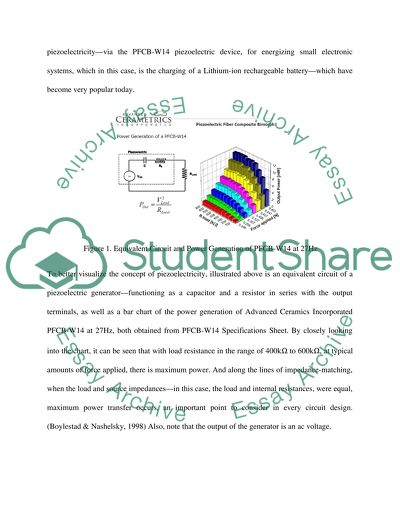Cite this document
(The Piezoelectric Electronic Circuit Literature review Example | Topics and Well Written Essays - 3750 words, n.d.)
The Piezoelectric Electronic Circuit Literature review Example | Topics and Well Written Essays - 3750 words. https://studentshare.org/engineering-and-construction/1424064-literature-review-about-piezoelectric-electronic
The Piezoelectric Electronic Circuit Literature review Example | Topics and Well Written Essays - 3750 words. https://studentshare.org/engineering-and-construction/1424064-literature-review-about-piezoelectric-electronic
(The Piezoelectric Electronic Circuit Literature Review Example | Topics and Well Written Essays - 3750 Words)
The Piezoelectric Electronic Circuit Literature Review Example | Topics and Well Written Essays - 3750 Words. https://studentshare.org/engineering-and-construction/1424064-literature-review-about-piezoelectric-electronic.
The Piezoelectric Electronic Circuit Literature Review Example | Topics and Well Written Essays - 3750 Words. https://studentshare.org/engineering-and-construction/1424064-literature-review-about-piezoelectric-electronic.
“The Piezoelectric Electronic Circuit Literature Review Example | Topics and Well Written Essays - 3750 Words”. https://studentshare.org/engineering-and-construction/1424064-literature-review-about-piezoelectric-electronic.


